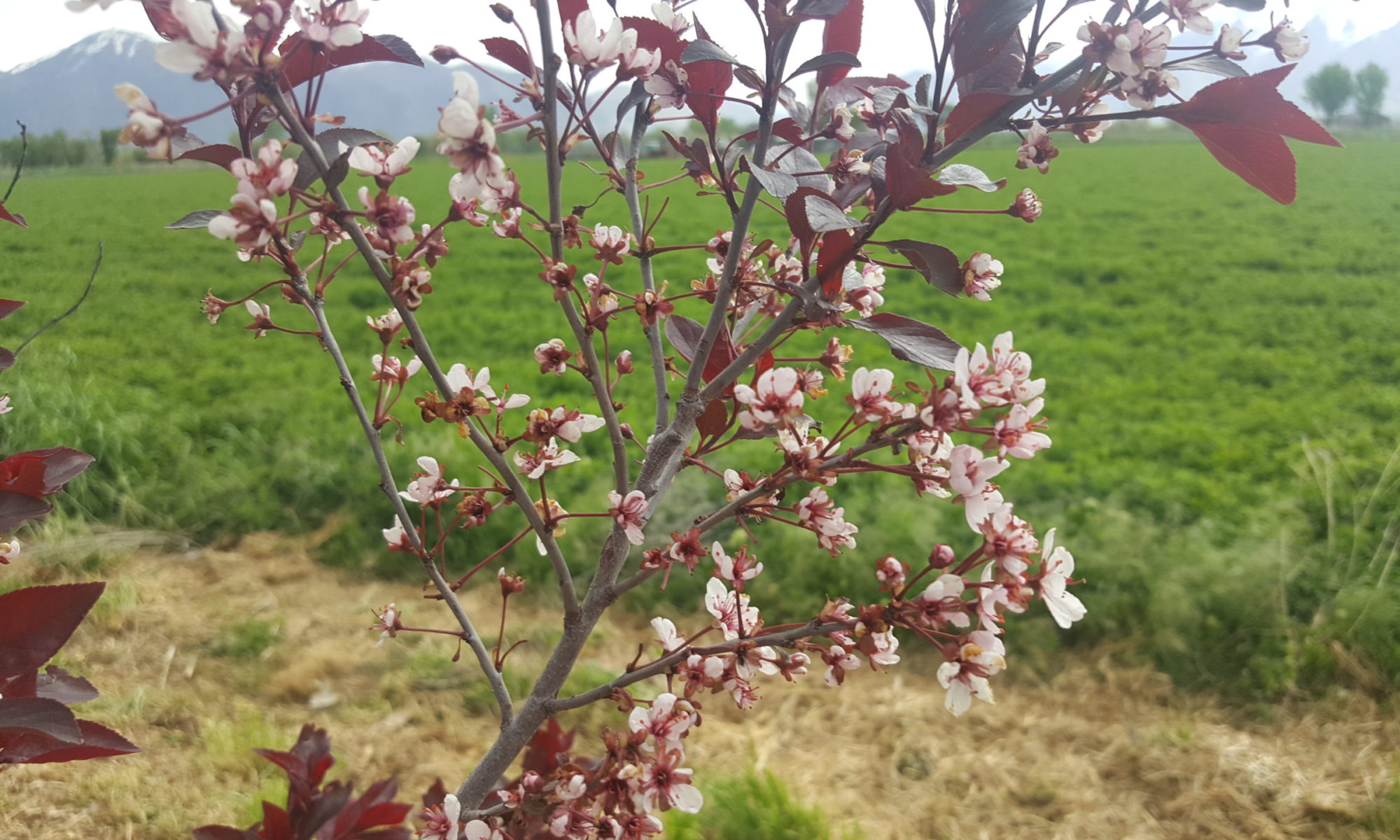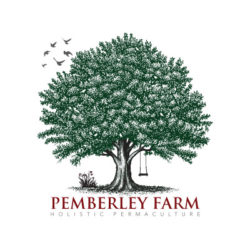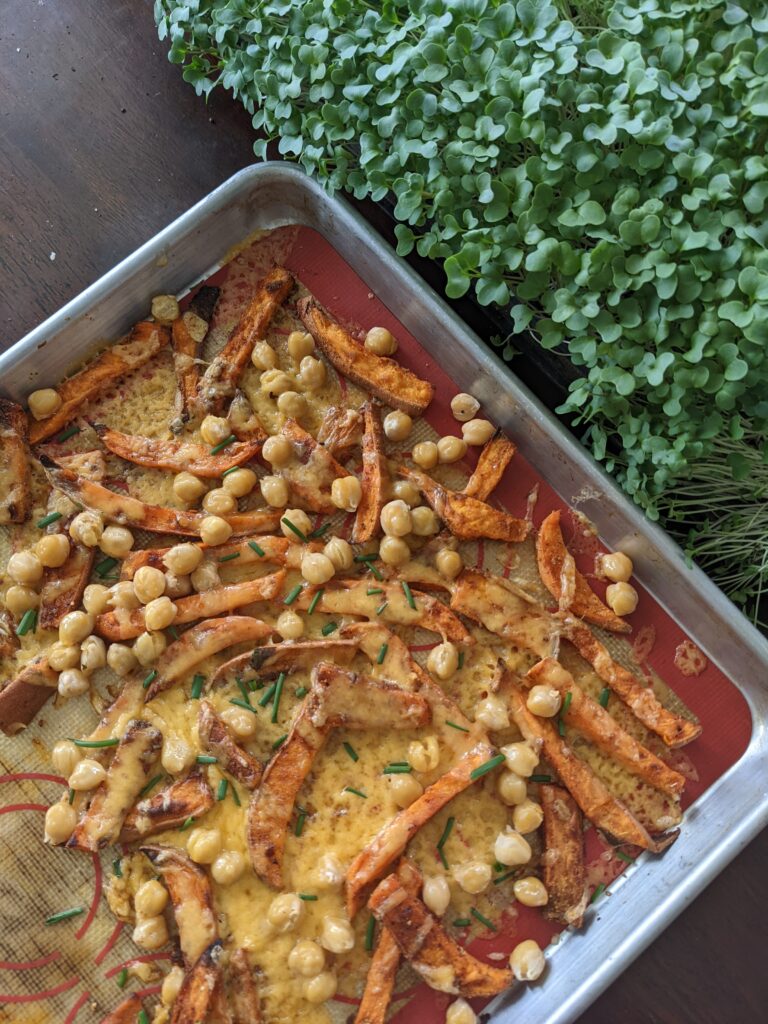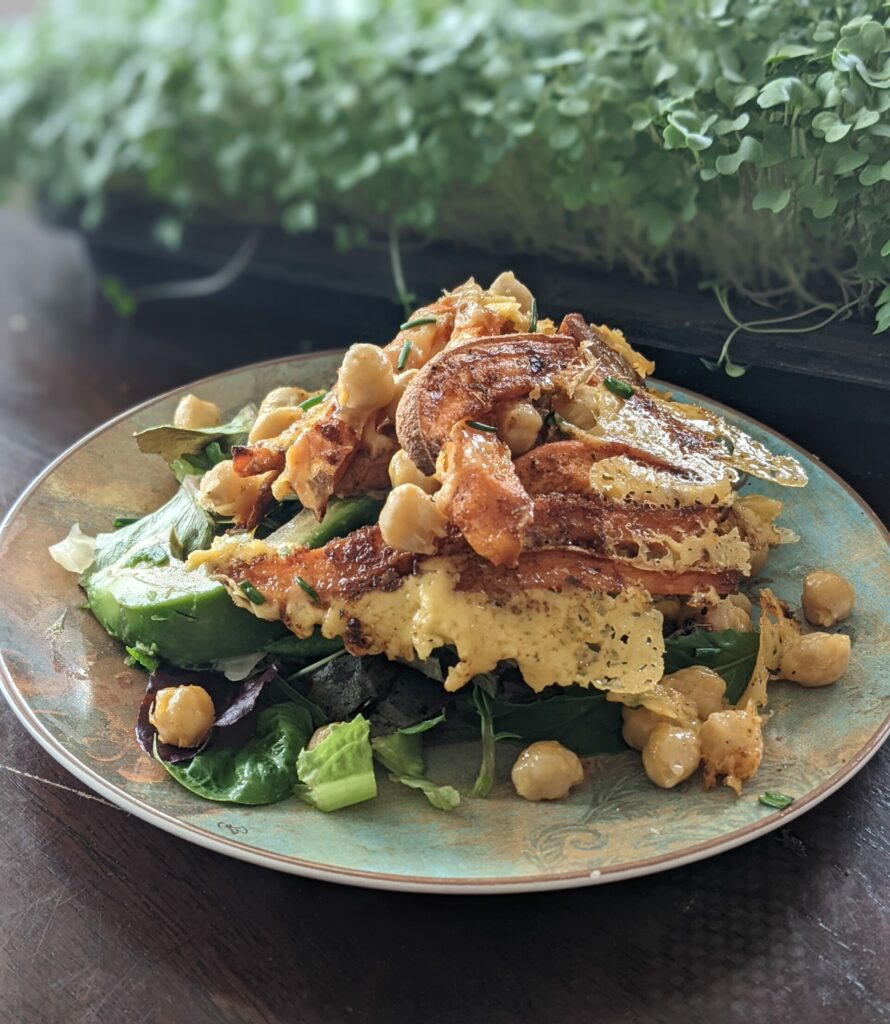I recently read an article in the Deseret News that caught my attention, “New research reveals how plants warn each other of danger and how it could revolutionize farming“, by Hannah Murdoch. That plants do this – warn each other of danger and respond – is not new. The research simply showed how it was happening in a few instances with a particular variety of plant. Plants have been communicating for mutual benefit for millennia, which is an essential component of sustainable ecosystems. I celebrate the work being done by these and other researchers to better understand this communication, and by Ms. Murdoch and others to disseminate findings.
The part of the article that surprised me was the conclusion that hijacking plants is the future of farming. Toyota, one of the study authors said, “We can probably hijack this system to inform the entire plant to activate different stress responses against a future threat or environmental threats, such as drought”. Hannah’s conclusion was, “the result could be what would amount to a vaccine for plants”.
The stunning part was the hubris – especially given the study’s outcomes. How did this jump to hijacking natural systems and vaccines for plants? What about this natural communication system, which we are barely coming to understand, needs our immediate dismemberment and coercion? What might we not understand about other consequences of the conversation? How will our jumping in on the conversation not change it in unexpected ways? Humans have believed that they could hijack natural systems to revolutionize farming for quite some time. Among other things, this thinking has brought us “Silent Spring” and many other tragedies.
Reading the study, I was wondrously reminded of one of the myriad conversations going on all around me, to which I am mostly deaf. The study noted that the response of the studied plant species was amplified when a plant of a different species was the target of attack. The natural diversity of healthy ecosystems constantly demonstrates this improved form of communication and protection. Should this not point us toward inter-cropping and diversity? Other studies are showing that not only diverse plants, but diverse microbiology get in on the act as well.
Human beings are inseparable from the natural world. We rely on it for food and all sustainable clothing, shelter and energy, let alone emotional, psychological and spiritual well-being. Within the ecological womb necessary to our survival, we are best served when we follow principles that govern the natural world. When we seek to short circuit or “hijack” these systems, we and all of the beings around us, along with our progeny, eventually pay – dearly!





